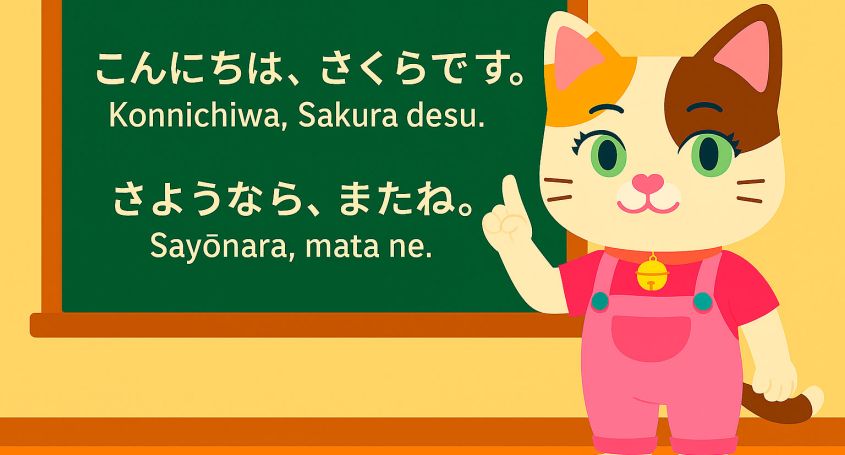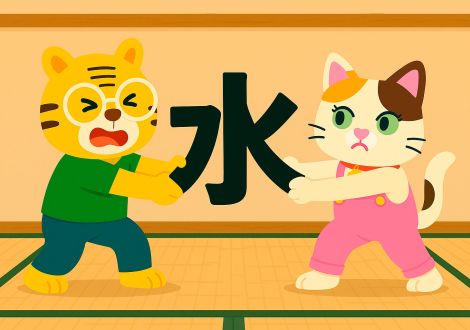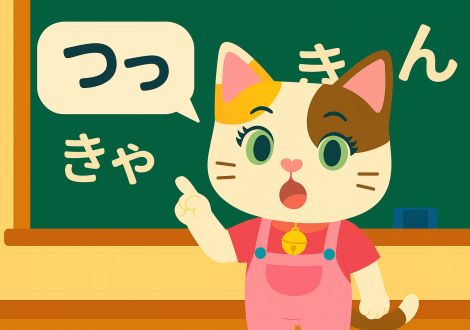Although there are no exact statistics about the number of Japanese speakers, it is thought that there are more than 130 million speakers, including the Japanese population, Japanese descendants living abroad and inhabitants of areas under former Japanese control. According to a research carried out in 2018 by the Foundation Japan, the number of Japanese learners surpasses 3.85 million all over the world.
Nowadays, there is no theory about the origin of the Japanese language: its phonology is similar to Austronesian languages and its grammar shares many similarities with Altaic languages, such as Korean, Mongolian and Turkish.
Historically, the Japanese language did not have a close relation with any other languages. Since the Japanese archipelago is geographically isolated from other countries, it has never been invaded politically and, therefore, the Japanese language has never been prohibited nor repressed by force. Thus, since the beginning of time, the language has only been modified by internal changes which have arisen through the evolution of local society. The influence of foreign languages has been limited to some vocabulary and phonology; archaic features, however, such as grammar, have still not been lost.
Among all the foreign languages, Chinese may be the only one with a greater impact. This is because Japan has respected China as a source of culture for more than a thousand years. It has respected, for example, Buddhist terms, the name of imported furniture, and even words for abstract concepts, taken as loans from China since the 10th century. With the development of Christianity at the end of the Middle Ages and the Western learning from half of the Edo period onward (1603-1868), Western languages were introduced; we are referring to, for example, Portuguese and Dutch. After the Second World War, the influence of American culture led to a significant loan of English words.
Regarding the alphabet, there are three of them, which are used in modern Japanese: kanji (漢字), hiragana (ひらがな) and katakana (カタカナ). Kanji and hiragana are mainly used for reading and writing whereas katakana is used specially for indicating loans from foreign languages or proper names from abroad. There is also the romaji (Western alphabet) used for transcribing the pronunciation in order to help foreign people. This last one started to be used after WWII, before that, official documents, such as charters and laws, were normally written in a mixture of kanji and katakana.
Grammatically speaking, Japanese is characterized by the use of particles after nouns in order to indicate the subject and the object, and a series of words placed after the verb in order to indicate grammatical functions, such as causal object, passive voice or the potential form. Regarding tenses, Japanese has a past tense indicated by an auxiliary verb, but there is no distinction between present and future tenses. What is expressed is the difference between a topic which has finished and one which has not. All these grammatical concepts and much more will be explained further on.





